What Are AI Voice Agents & How They Work?


In 2025 Call Center support teams aren’t growing with headcount. They are scaling with voice agents that handle real tasks such as answering queries, verifying users, booking appointments — across phone, app, and web.
What used to take 500 people in a contact centre now runs on a handful of servers and one voice system that speaks naturally, understands context, and connects directly to your internal tools.
Voice agents are already being implemented on telecom, banking, and healthcare — replacing IVRs, minimising escalations, and handling thousands of concurrent calls in multiple languages.
In this blog we will Cover what are AI voice agents, how they work under the hood, how to deploy your own & what you should know before going live.

voice AI agents are software systems that talk to people in real time using voice.
Voice ai agents are software tools that communicate using natural speech. Today’s businesses prefer voice based ai over IVR systems because a voice ai agent can manage full conversations—answering questions, guiding workflows, and even verifying users—without any human intervention. T
he core tech stack behind ai voice agents includes speech recognition, language understanding, and real-time response generation.
They use Automatic Speech Recognition (ASR), Natural Language Understanding (NLU), and Text-to-Speech (TTS) to listen, understand, and respond—handling full conversations without human involvement.
Traditionally, this process involves converting speech to text using ASR, translating it, and then converting the result back to speech using TTS.
Newer speech-to-speech (S2S) models take a different approach. Instead of using text as an intermediate step, they directly convert spoken input in one language to spoken output in another—making the process faster and more natural-sounding.
These voice agents work across phone calls, IVR systems, smart devices, and mobile apps. They can handle a wide range of tasks such as:
Modern AI voice agents talk and listen like humans, making conversations smooth and intuitive. In contrast, older IVR systems rely on keypad inputs and rigid menu options, which slow down the interaction.

AI voice agents combine multiple advanced technologies to understand your speech and respond naturally. Here’s a detailed breakdown of how each interaction works:
When you speak to an AI voice agent, the microphone on your device captures the audio as sound waves and converts it into digital audio data.
This digital audio is then processed using Automatic Speech Recognition (ASR) technology—often powered by neural network-based models. Modern ASR systems (like OpenAI Whisper, Deepgram , or Google ASR) achieve high accuracy, typically above 95%, though real-world accuracy can vary based on environmental noise, accent, and speech clarity.
ASR systems analyse:
Once your speech is converted to text, AI voice agents use AI models to interpret your intent. Advanced NLU involves:
For example, if you say, “I need to reschedule my appointment to tomorrow afternoon,” the AI doesn’t just recognize the words—it identifies your intent (rescheduling) and relevant details (date and time), potentially integrating this with your calendar and previous booking patterns.
The AI generates a meaningful response using sophisticated methods:
This integrated approach enables agents to handle complex interactions and follow-up questions seamlessly.
After formulating a textual response, the AI converts it into natural-sounding speech through Text-to-Speech technology:
Current TTS systems use deep neural networks (such as ElevenLabs, OpenAI tts and more). Today’s TTS technologies provide highly realistic, clear, and emotionally expressive speech, significantly enhancing user interactions..
A significant strength of modern AI voice agents is their ability to continuously learn and integrate across systems:
The entire interaction—from recognizing speech to delivering spoken responses—usually occurs within milliseconds, making AI voice agents feel human and also practical.
Businesses are adopting AI voice agents due to several practical advantages that directly benefit their operations and customer experience:
These operational benefits explain why businesses are investing in AI voice agents to improve efficiency, responsiveness, and support quality at scale.
AI voice agents enable support teams to handle customer needs efficiently, without compromising service quality. Below are the core benefits businesses gain from using AI voice agents:
These benefits make AI voice agents a reliable, scalable, and cost-effective solution for modern customer support operations.
Setting up AI voice agents isn’t just adding in new technology—it’s about making sure it fits your business needs and actually improves the way you support customers. Follow these steps to set up your own first voice agent using YourGPT:
1. Define Your Goals: Identify specific tasks to automate—support queries, sales, appointment scheduling, or anything else.
2. Login to YourGPT: Go to app.yourgpt.ai/login and sign in to your account.
3. Customise the Agent: Configure the tone, response style, welcome messages, fallback replies, and call flow logic.
4. Train the Agent with Your Data: Upload FAQs, help docs, or connect your data sources. This improves the accuracy of responses during live conversations.
5. Enable the Voice Integration: In integration dashboard, select the Phone voice agent.
6. Configure Voice Settings: Set preferred persona, voice model, and provides tools that your voice agent should handle.
6. Test: Test your voice AI agent, once satisfied deploy your voice agent.

AI voice agents are being adopted across industries to improve response times, reduce manual workload, and enhance customer experience. Here’s how different sectors are using them effectively:
Telecom companies use voice agents to manage high volumes of customer interactions across billing, service inquiries, technical support, and account management.
Voice agents support financial institutions by handling sensitive and repetitive service needs while ensuring compliance and security.
Hotels, airlines, and travel services use AI voice agents to provide fast, multilingual assistance for both routine and dynamic customer needs.
Manufacturers and service providers in the smart home ecosystem use voice AI to simplify how users interact with connected devices.
Hospitals, clinics, and health-tech platforms use AI voice agents to improve patient communication, reduce operational burden, and support remote services.
These industry-specific applications show how AI voice agents go beyond basic automation—supporting both customers and operations with speed, consistency, and lower effort.
Voice agents offer hands-free convenience and real-time interactions. But they also come with technical and operational limitations that businesses must consider before implementation:
An AI voice agent is a system that understands spoken language and responds in real time. It uses speech recognition and natural language processing to answer questions, process requests, and guide users—without needing a human on the other end.
AI voice agents help reduce wait times, lower support costs, and provide round-the-clock service. They can handle high volumes of requests, offer consistent responses, and connect with tools like CRMs or help desk systems to complete tasks automatically.
They’re often used for customer support, booking appointments, tracking orders, handling billing questions, giving product suggestions, or sending follow-ups after a call. You’ll see them used in healthcare, finance, retail, telecom, and more.
Yes, many voice agent platforms support several languages—making it easier for businesses to help customers in different regions without building separate teams for each one.
They can be, as long as the system includes proper encryption, secure data practices, and follows regulations like SOC2 or GDPR. Security should be built into the setup from the start.
AI voice agents reduce support costs by taking over repetitive, high-volume tasks—without adding to headcount. They answer common queries, verify users, reschedule appointments, and update records, all through natural, human-like conversations across phone, app, and web.
Voice agents reduce call wait times by resolving queries instantly, without passing customers from one agent to another also lowers escalation rates by completing tasks on the first interaction. And they improve consistency by giving the same quality of response every time, based on your most up-to-date data and rules.
The difference is in execution. Traditional IVRs only collect inputs or route calls. Voice agents connect directly with your systems—CRMs, helpdesks, payment gateways—and actually get work done. They don’t just respond, they act.
For businesses, this means lower cost per interaction, fewer manual errors, and faster resolution across support operations. The technology is already proven in sectors like telecom, banking, and healthcare.
To get value, the focus needs to be on correct setup, clean data, proper integration, and regular optimisation. Voice agents deliver real outcomes when they’re deployed against clearly defined tasks—not just as a new channel, but as a reliable part of the workflow.
Join thousands of businesses transforming customer interactions with YourGPT AI
No credit card required • Full access • Limited time offer
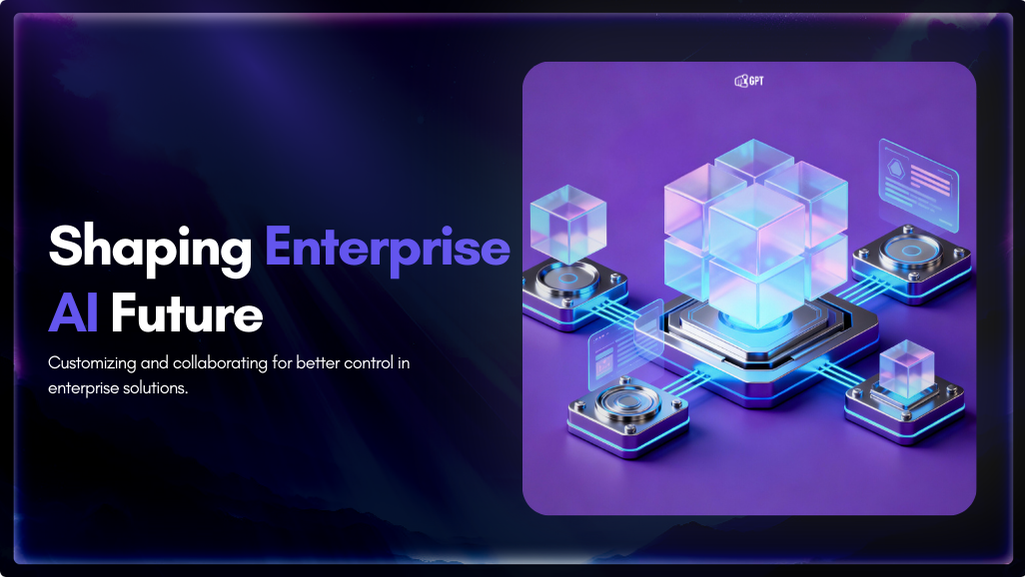
Artificial Intelligence has advanced quickly over the past five years, moving from an experiment to a standard component of modern business. AI has become a central part of enterprise strategy. 88% of organizations are now using AI. This figure has increased from 78% the year before. This transformation is reshaping how companies run, communicate, and […]

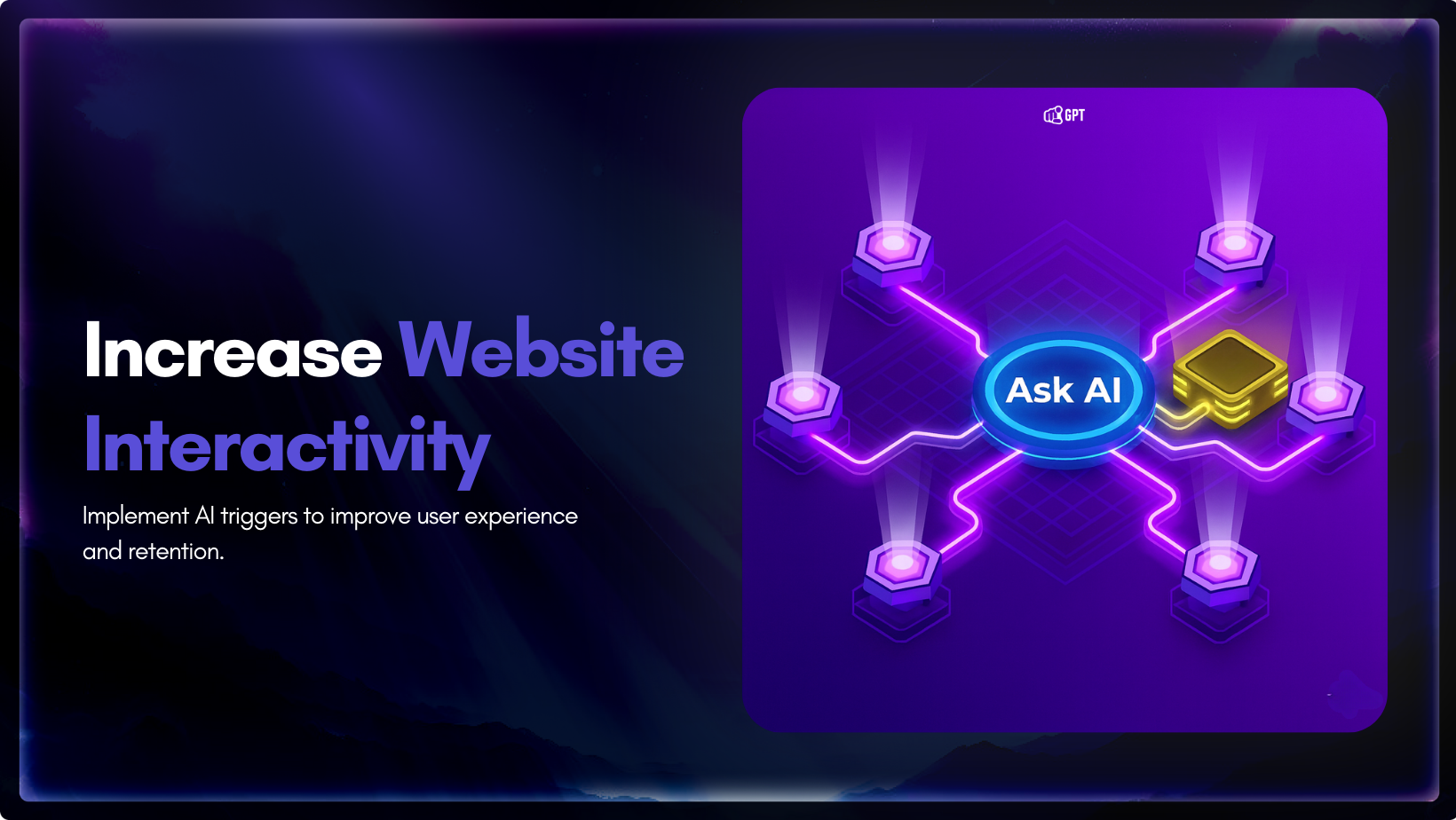
You invest time writing your website copy. You explain features, pricing, and how everything works. The information is there. Still, some visitors leave without clarity, and small gaps in understanding often stop them from moving forward. This happens because a static page cannot adjust to what they want at that moment. They skim a section, […]

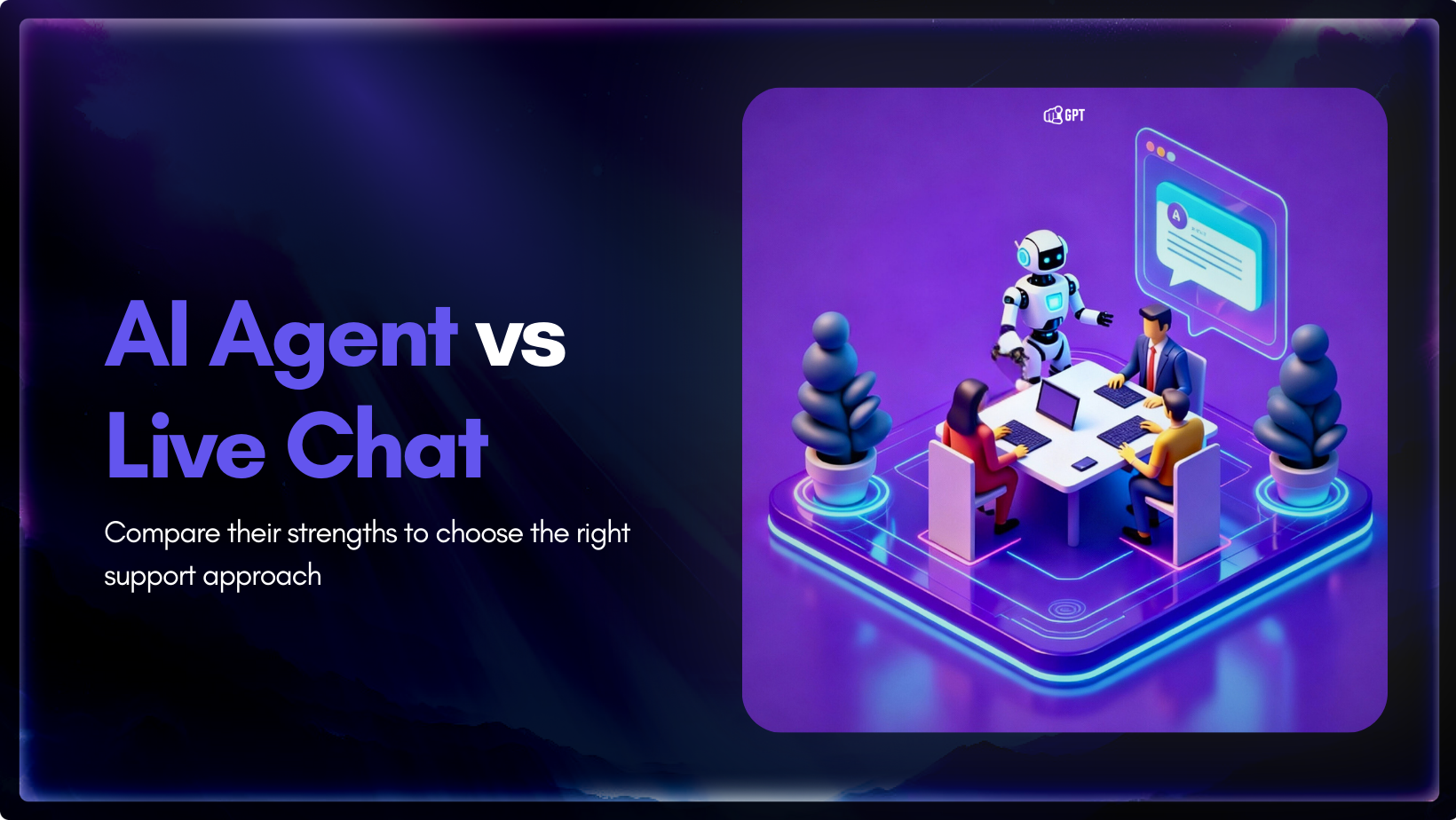
AI agent and live chat each play a different role in customer support, and the choice between them influences how a team handles growth. Companies are moving toward faster support models, and one clear trend is the use of AI to reduce operating costs by up to 30%. The difference shows up when ticket volume […]

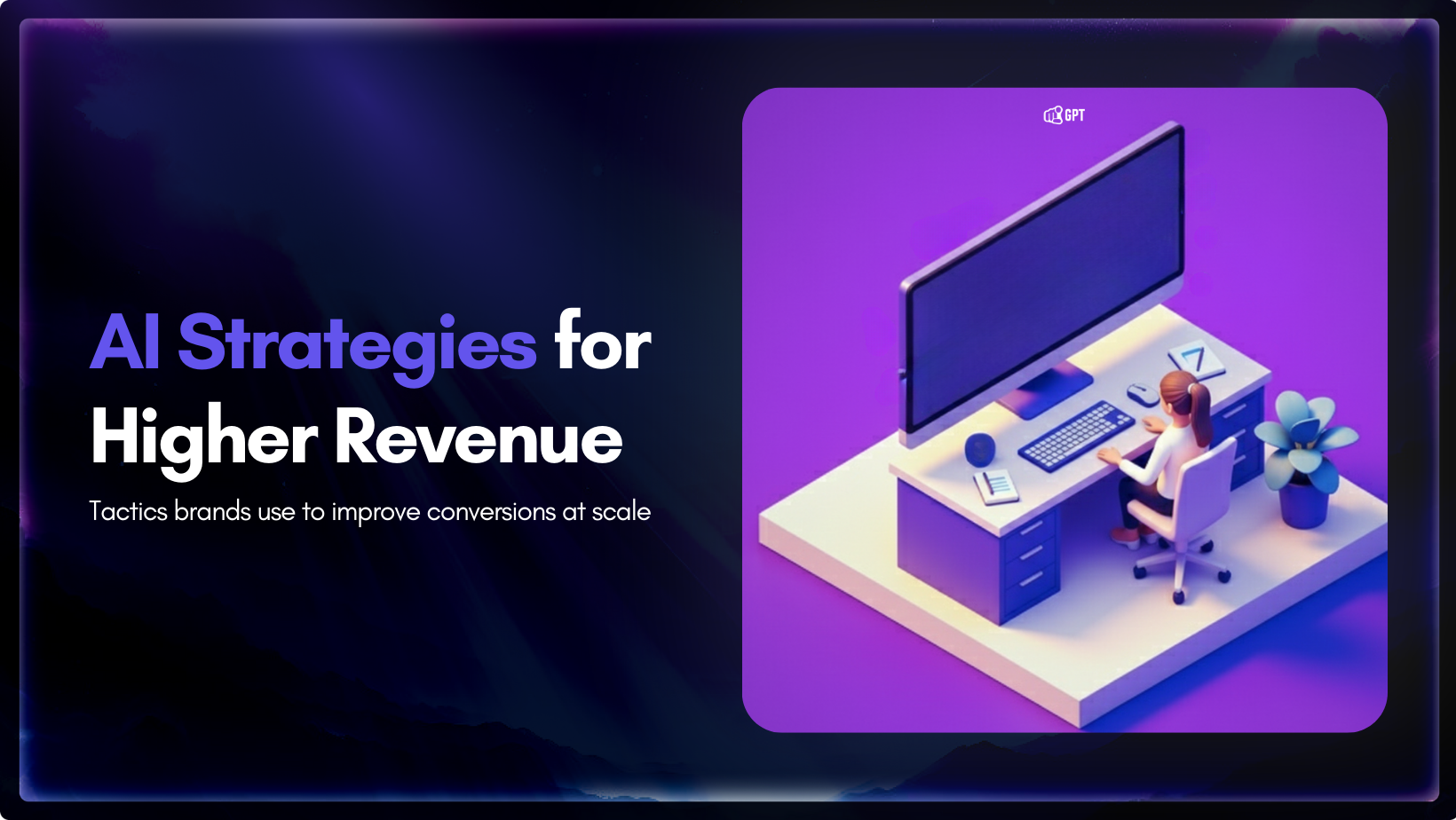
You have definitely heard about the use of AI in marketing. But have you ever seen or learned how it can actually drive revenue? Well, firms using AI in marketing and sales report significant benefits. According to a recent study by McKinsey & Company, revenue increases from AI show up most in marketing and sales, […]

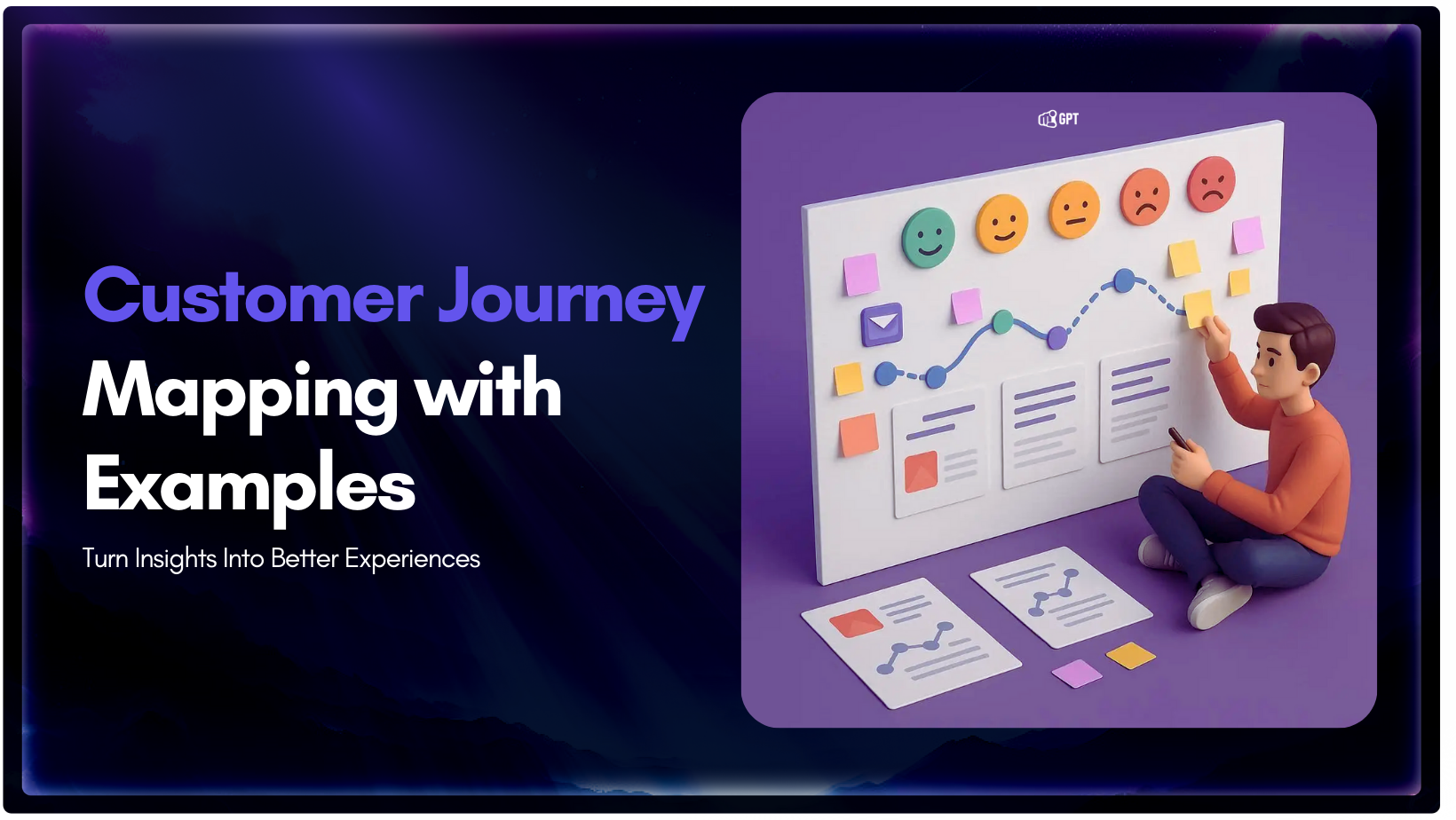
Every business talks about improving customer experience, but many struggle to understand what that experience actually looks like from the customer’s side. This is where a customer journey map becomes essential. It is a practical way to see how people discover your brand, evaluate their options, make a purchase, and decide whether to come back […]

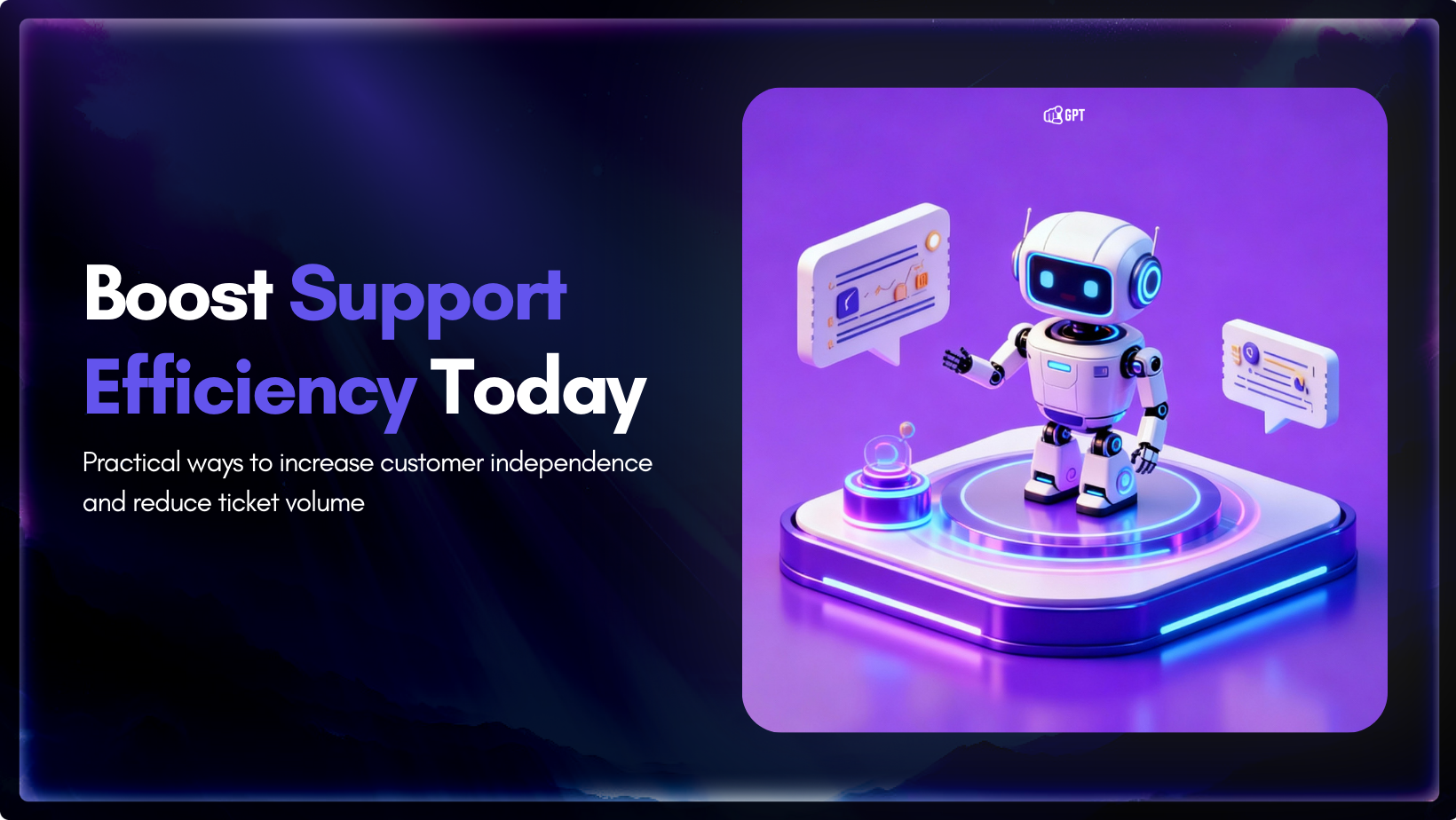
These days, self-service options is the norm for customer support. However, simply having a knowledge base or chatbot is no longer enough. The most important thing is to determine if these tools are effective. Are your customers getting the answers they need? Or are they simply becoming increasingly irate and will eventually contact your support […]
